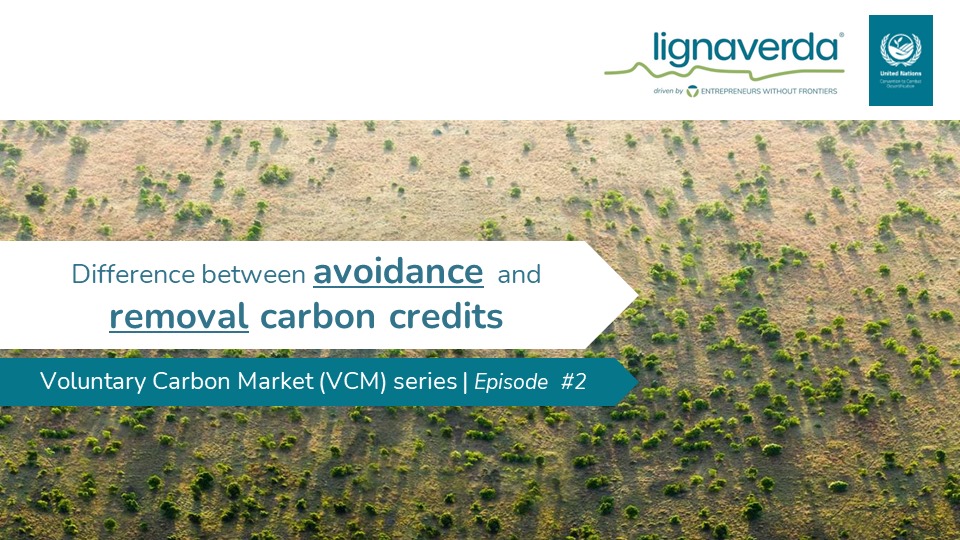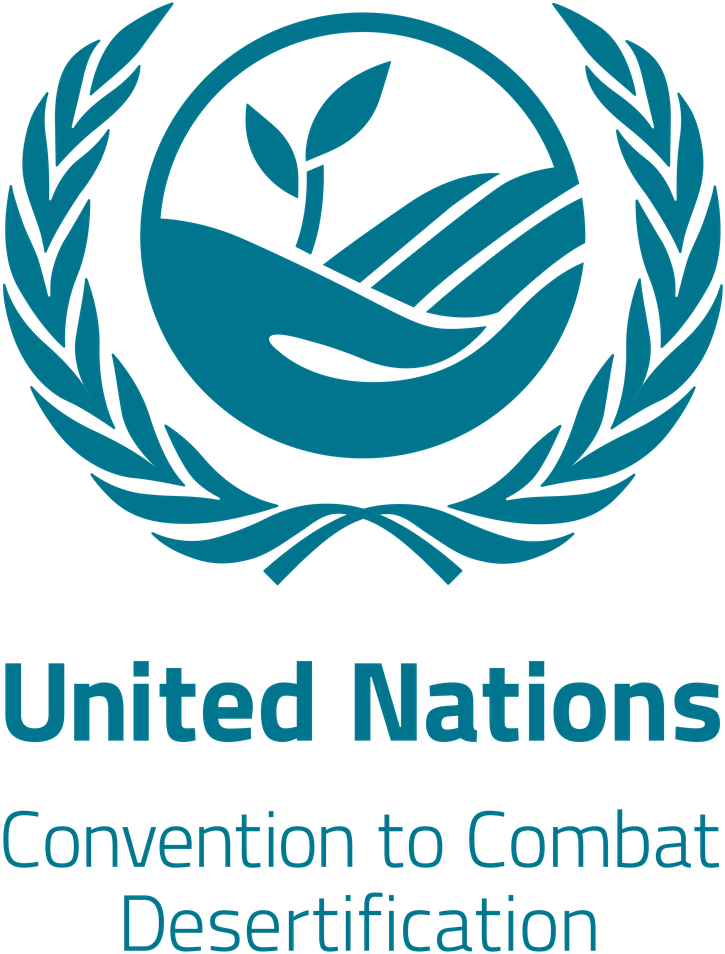Understanding Removal vs. Avoidance Credits
Exploring the intricacies of the Voluntary Carbon Market (VCM) requires a nuanced understanding of key terms, such as “removal” versus “avoidance” credits, or “neutralizing” versus “offsetting” emissions. These distinctions have become even more crucial with recent regulations from the EU and guidance from initiatives like the Science-Based Target initiative (SBTi) or the Integrity Council of the VCM (ICVCM). A clear comprehension of the VCM is indispensable for stakeholders committed to genuine decarbonization efforts, as ambiguity can obstruct access to trustworthy information and foster confusion amidst competing claims.
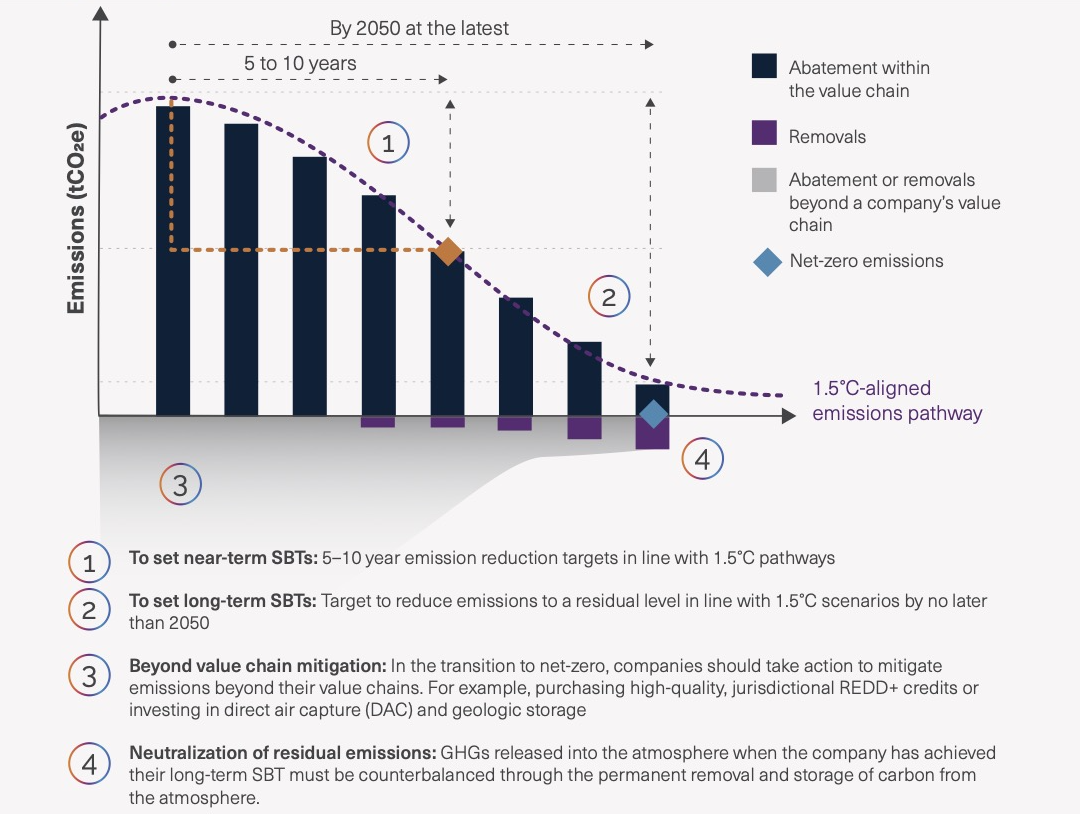
Avoidance Credits
Avoidance (and reduction) credits offer a means of reducing carbon emissions by avoiding their occurrence in the first place. Each avoidance credit is equal to preventing one tonne of CO2 from being released into the atmosphere. This approach emphasizes strategies that sidestep emissions, such as investing in renewable energy, adopting energy-efficient technologies, or engaging in forest conservation. By focusing on avoidance, businesses and organizations can mitigate their carbon footprint in the short term, aligning with sustainability goals. However, it is important to note that these projects do not physically remove carbon from the atmosphere. Therefore, one tonne of CO2 is still released into the atmosphere without undergoing sequestration. This segment of the VCM represents over 90% of the market volume, with many credits still awaiting purchase, thus resulting in a relatively low price per unit.
Removal Credits
On the other hand, removal credits focus on the sequestration of carbon dioxide, removing it from the atmosphere. One removal credit is equal to removing (or sequestrating) one tonne of CO2 from the air. These credits often involve nature-based solutions (NBS) like afforestation, reforestation (ARR), or carbon capture and storage technologies like direct air capture (DAC). Removal credits offer a pathway to address historical emissions and achieve net-zero targets (after having decarbonised) by permanently sequestrating greenhouse gases (GHG), effectively locking them as carbon stocks. These credits represent less than 5% of the VCM today, and this is where Lignaverda focuses.
The Role of Standards
For businesses committed to achieving net-zero, navigating the complexities of carbon credits requires adherence to established standards and certifications. Initiatives like the SBTi provide guidance for corporates on setting ambitious emission reduction targets and offer frameworks for determining the legitimacy of carbon projects. While SBTi stresses the importance of both removal and avoidance projects in the short and medium term, it specifically designates removal credits as the sole option from the net-zero year onward, emphasizing a commitment to measurable and effective decarbonisation initiatives.
Lignaverda and Carbon Removal
Lignaverda’s reforestation activities are eligible to generate high-integrity carbon credits under the leading carbon standards, by meeting the key criteria set up by the ICVCM.
• Additionality: Lignaverda ensures that our carbon credit projects represent genuine emissions sequestration that would not have occurred without our activities.
• Quantification, Monitoring, Reporting, and Verification (QMRV): Lignaverda implements robust QMRV practices, involving rigorous data collection and third-party verification. We do this through our audits with Finvision (financial and operational audit), and our certification process with Gold Standard (on-the-ground carbon audit). This ensures transparency, accuracy, and credibility in measuring our impact. We also leverage cutting edge remote sensing technology and scalable monitoring solutions to limiting our team’s need to take flights.
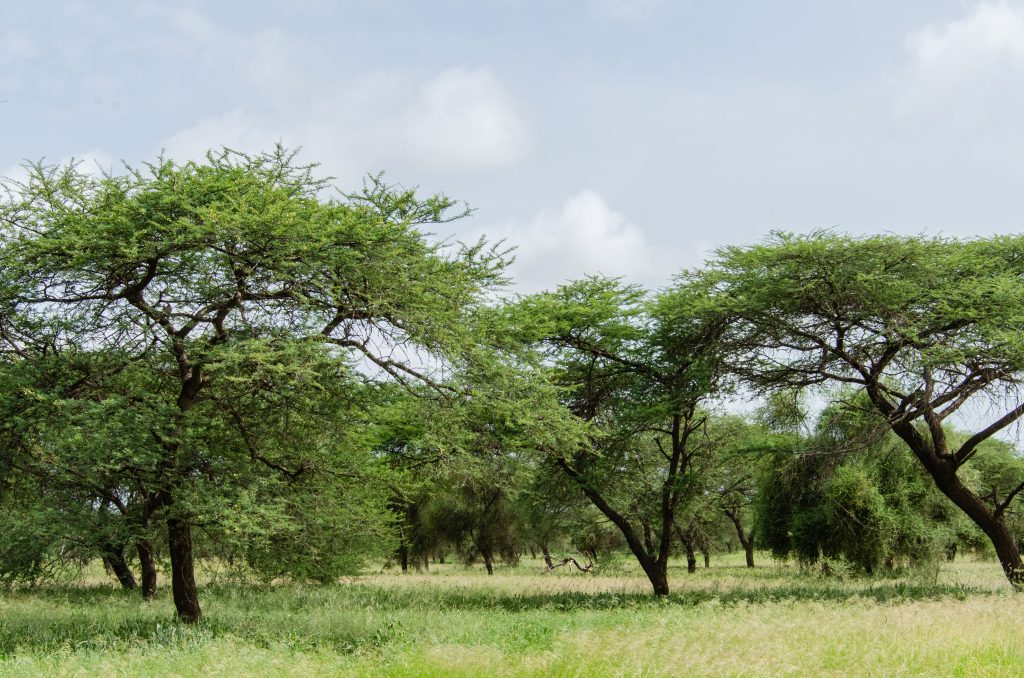
• Permanence: Lignaverda spearheads projects with lasting emissions reductions or sequestration, i.e. reforestation initiatives which include provisions for future sustainable forest management. We do not engage in impermanent solutions like artificial carbon capture and storage that might release carbon back into the atmosphere over time.
• Co-benefits: Additionally, the Lignaverda difference is that we prioritise people and have them at the heart of our activities. We always ensure that our projects provide additional environmental, social, and economic advantages beyond carbon reduction and biodiversity improvement. Our reforestation initiatives offer multifaceted benefits to communities, providing essential resources such as food and fodder.
Beyond resource provision, they serve as catalysts for economic growth by creating employment opportunities and fostering local economic development. These projects play a pivotal role in education and training, empowering communities with knowledge and skills in tree planting, maintenance, and forest management. This not only enhances environmental awareness but also cultivates a local sense of ownership and stewardship, driving active participation in conservation endeavours. Ultimately, by restoring forests, we not only preserve cultural heritage but also nurture stronger community bonds grounded in shared environmental values and practices.
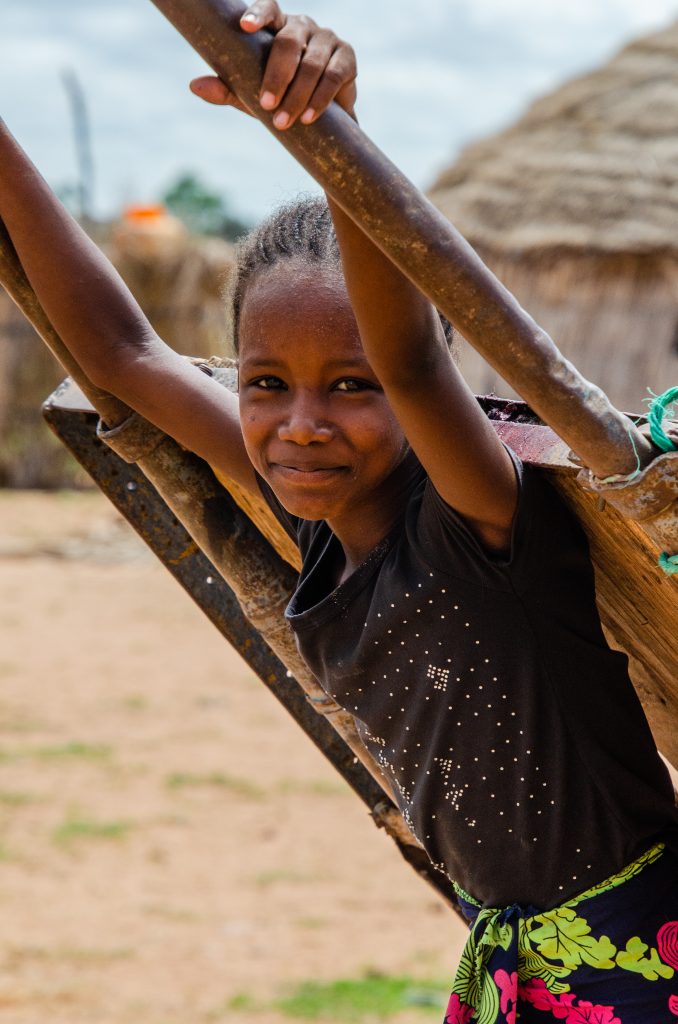
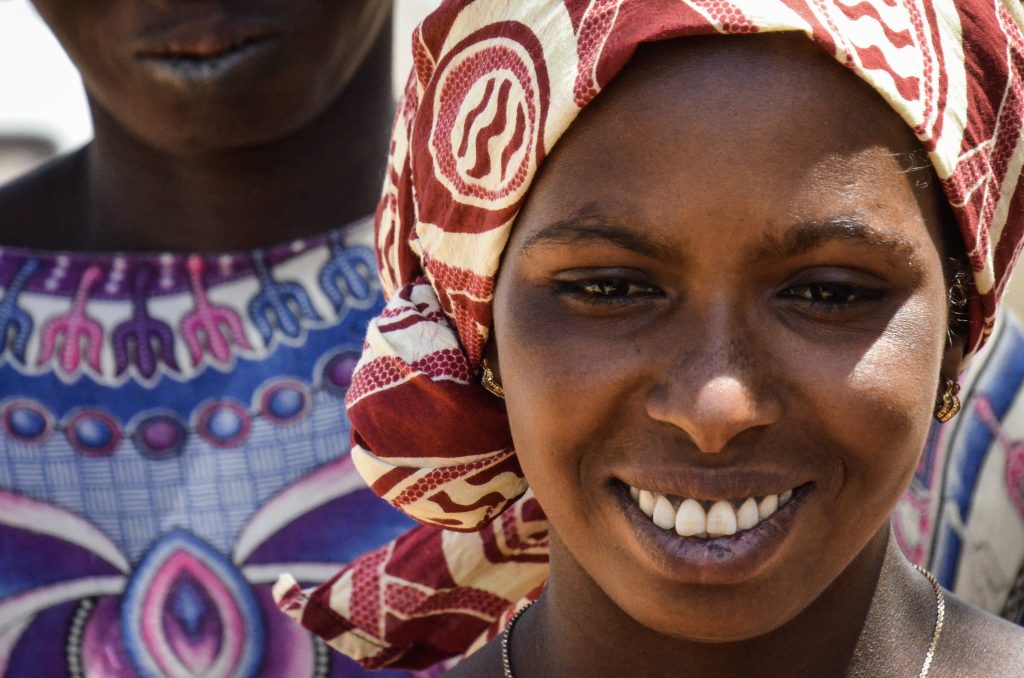
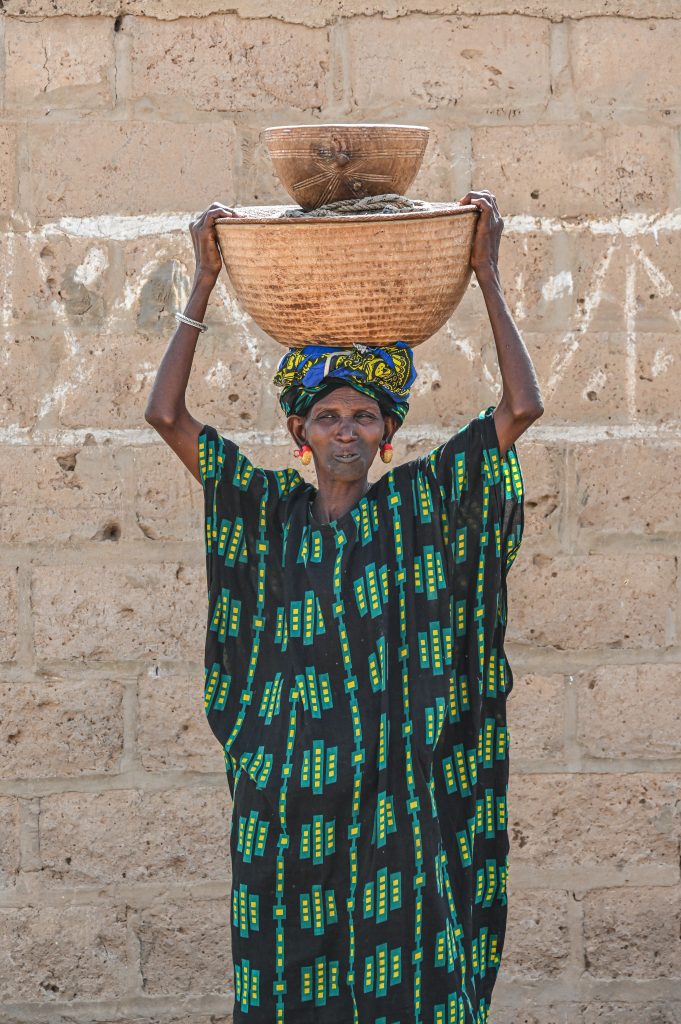
By adhering to these criteria, Lignaverda ensures the high quality and integrity of the carbon credits we generate, contributing effectively to combating climate change while also providing broader benefits to society and the environment.

